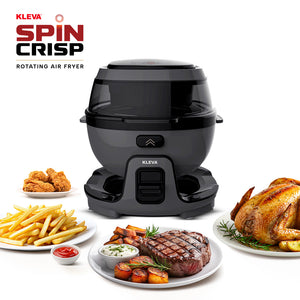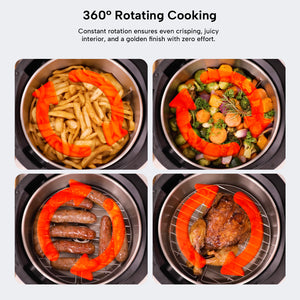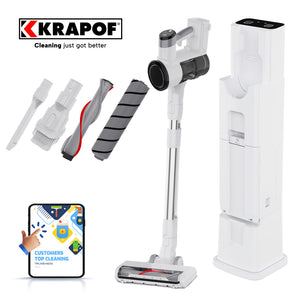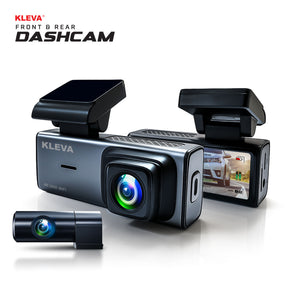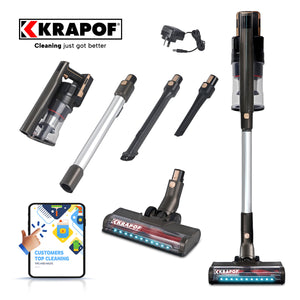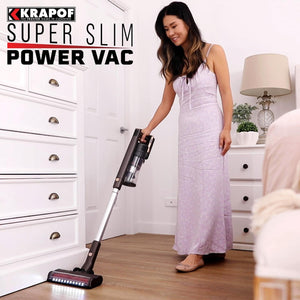I recently got my hands on the Perfect Pro Pan, and let me tell you, it has completely transformed my cooking game! This pan is not like any other I've owned before. Its sturdy six-layer construction gives me peace of mind knowing that it's built to last. No more worrying about pans wearing out after just a few months!
One of the standout features for me is the nonstick Thermacomb coating. It truly lives up to its promise of providing a smooth cooking experience. I've been able to whip up everything from fluffy omelets to crispy stir-fries without a single piece sticking to the pan. And the even heat distribution thanks to the tri-ply base ensures that my meals come out perfectly cooked every time.
But it doesn't stop there – the Perfect Pro Pan is packed with additional features that make cooking a breeze. I love that it's oven-safe, allowing me to seamlessly transition from stovetop to oven without having to switch between different pans. The cool-touch handles are a game-changer, making it easy to maneuver the pan even when it's piping hot.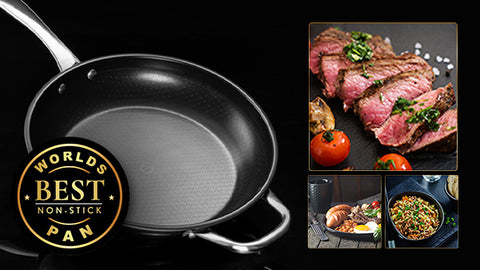
And let's talk about cleanliness – the easy-to-clean design of this pan is a godsend. I can spend less time scrubbing and more time enjoying my meals. Plus, knowing that it's toxin-free gives me peace of mind that I'm cooking with safe materials.
Choosing the right size was a no-brainer for me. I opted for the 28cm pan to accommodate my family's needs, but if you're cooking for one or two people, the 24cm pan might be a better fit. Regardless of the size, you can't go wrong with the Perfect Pro Pan.
And let's not forget about the cherry on top – the 30-day money-back guarantee and 10-year warranty. It's clear that the makers of this pan stand behind their product, and that level of confidence is reassuring as a consumer.
It wasn’t just me I checked out all at these verified reviews and it was very much the same for everyone else https://klevarange.com.au/products/pro-pan-2pc-set-bogof?variant=42660486414518
In conclusion, the Perfect Pro Pan has truly exceeded my expectations. It's a kitchen essential that I can't imagine living without. If you're in the market for a high-quality frying pan that will elevate your cooking experience and stand the test of time, look no further than the Perfect Pro Pan. Trust me, you won't be disappointed!
The best type of frying pan depends on your specific needs and preferences. Some popular options include:
- Stainless Steel: Known for its durability and versatility, stainless steel pans are great for searing, browning, and deglazing.
- Nonstick: Ideal for cooking delicate foods like eggs and fish without sticking, nonstick pans are coated with materials like Teflon or ceramic.
- Cast Iron: Cast iron pans are incredibly durable and excellent for heat retention, making them perfect for tasks like searing and frying.
- Carbon Steel: Similar to cast iron but lighter in weight, carbon steel pans are great for high-heat cooking and developing a natural nonstick surface over time.
When buying a frying pan, there are a few things to avoid:
- Cheap Materials: Avoid pans made from low-quality materials that may warp, chip, or degrade quickly.
- Poor Nonstick Coatings: If opting for a nonstick pan, be wary of coatings that may contain harmful chemicals or wear off easily.
- Uneven Heat Distribution: Look for pans with a thick, heavy base or multiple layers for even heat distribution to prevent hot spots and ensure consistent cooking.
A frying pan is used for various cooking techniques such as frying, sautéing, searing, and even shallow frying. It's a versatile kitchen tool suitable for cooking a wide range of foods, from meats and vegetables to pancakes and omelets.
The decision between a 24cm and 28cm frying pan depends on your typical cooking needs and the size of your household. Generally, a 24cm pan is suitable for smaller portions or cooking for one to two people, while a 28cm pan provides more cooking surface and is better for larger portions or cooking for a family. Consider the types of meals you typically prepare and the size of your stovetop to determine which size is best for you.
 Discounts are applied at checkout
Discounts are applied at checkout









